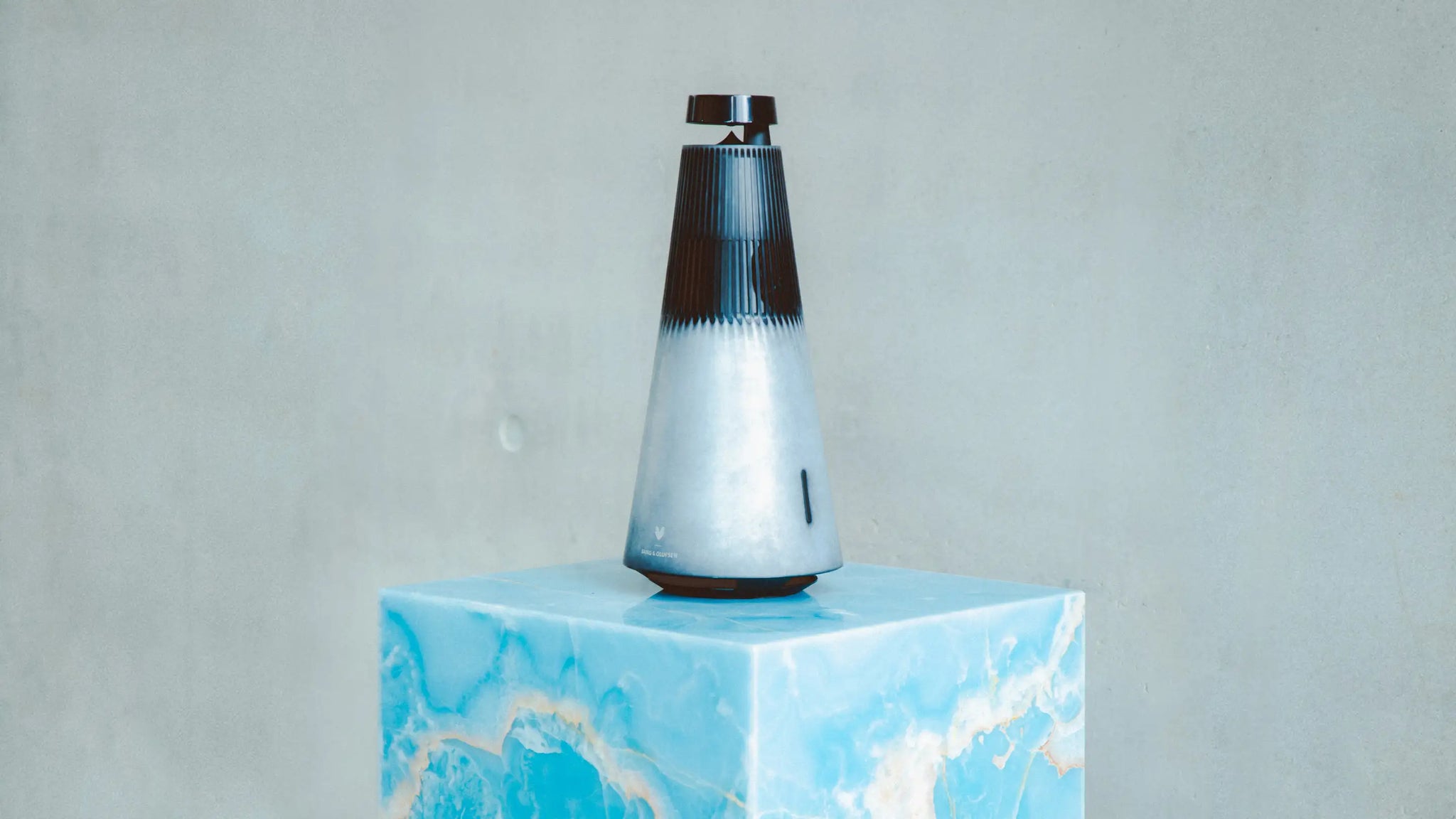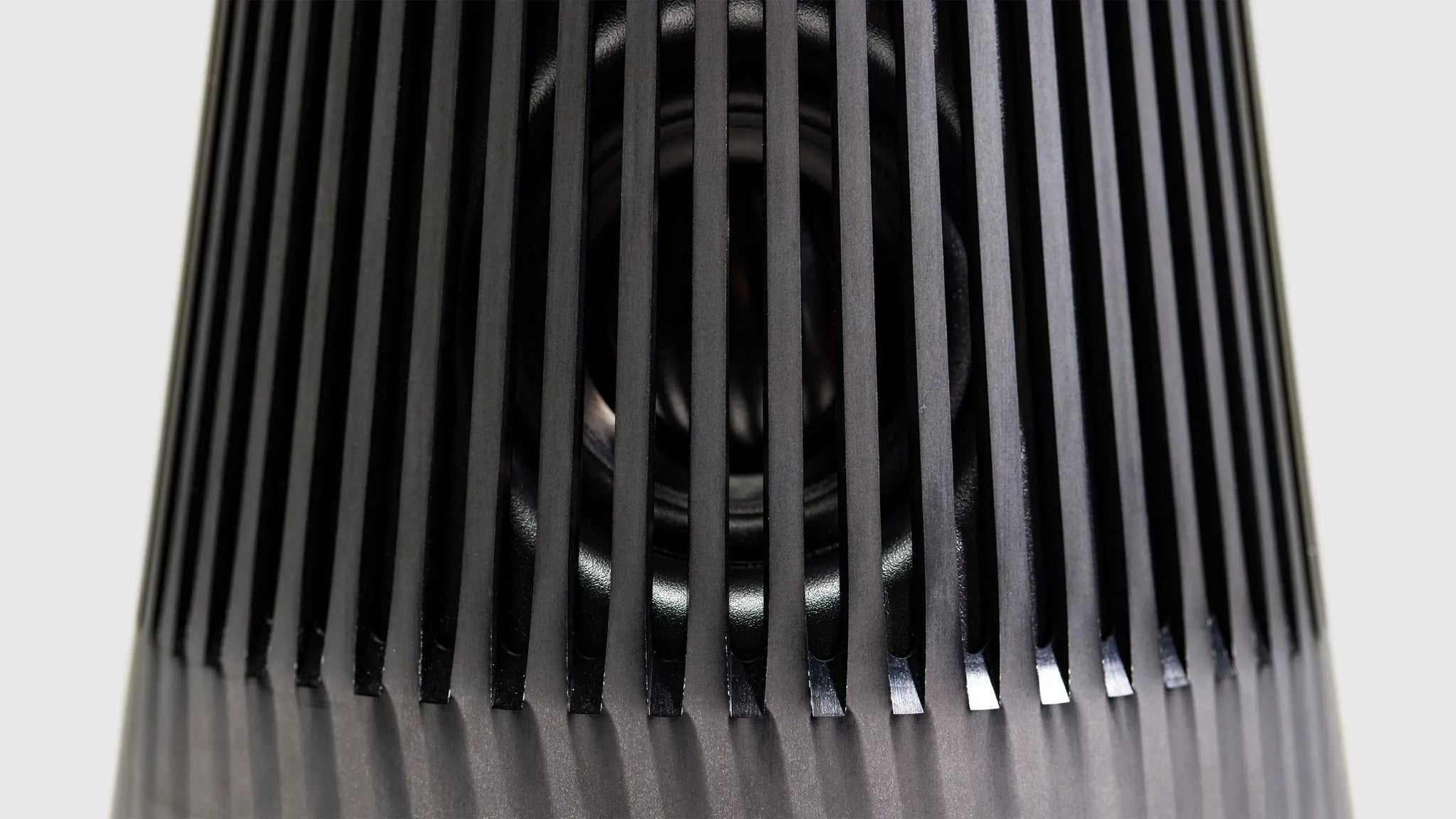Bang & Olufsen Beosound 2 Vollebak Edition speaker
A made-to-order speaker that looks like it’s been to space and back.
- Individually anodised aluminium shell with unique scorched finish
- Precision-crafted from a single piece of extruded aluminium
- 360° Acoustic Lens Technology
The iconic Beosound 2 delivers stellar and truly powerful sound performance thanks to Acoustic Lens Technology in the conical speaker body that creates a 360-degree sound experience. Designed for flexibility, you can place it anywhere and it will acoustically map its surroundings to deliver the best possible sound – from your kitchen to the inside of a spaceship.
Each Vollebak Edition speaker is one-of-a-kind, with an anodised aluminium finish that simulates rocket burn and the residue of cosmic noise.
What began as an effort to replicate the effect of rocket burn led to a breakthrough in anodisation. The discovery occurred when a test piece meant to be deep black emerged with textured swirls of grey and streaks of darker pigment – what the team later dubbed the "burnout" effect. Intense experimentation followed to reproduce it under controlled conditions, yielding an unpredictable finish that gives each speaker its own unique identity.
Technical Details
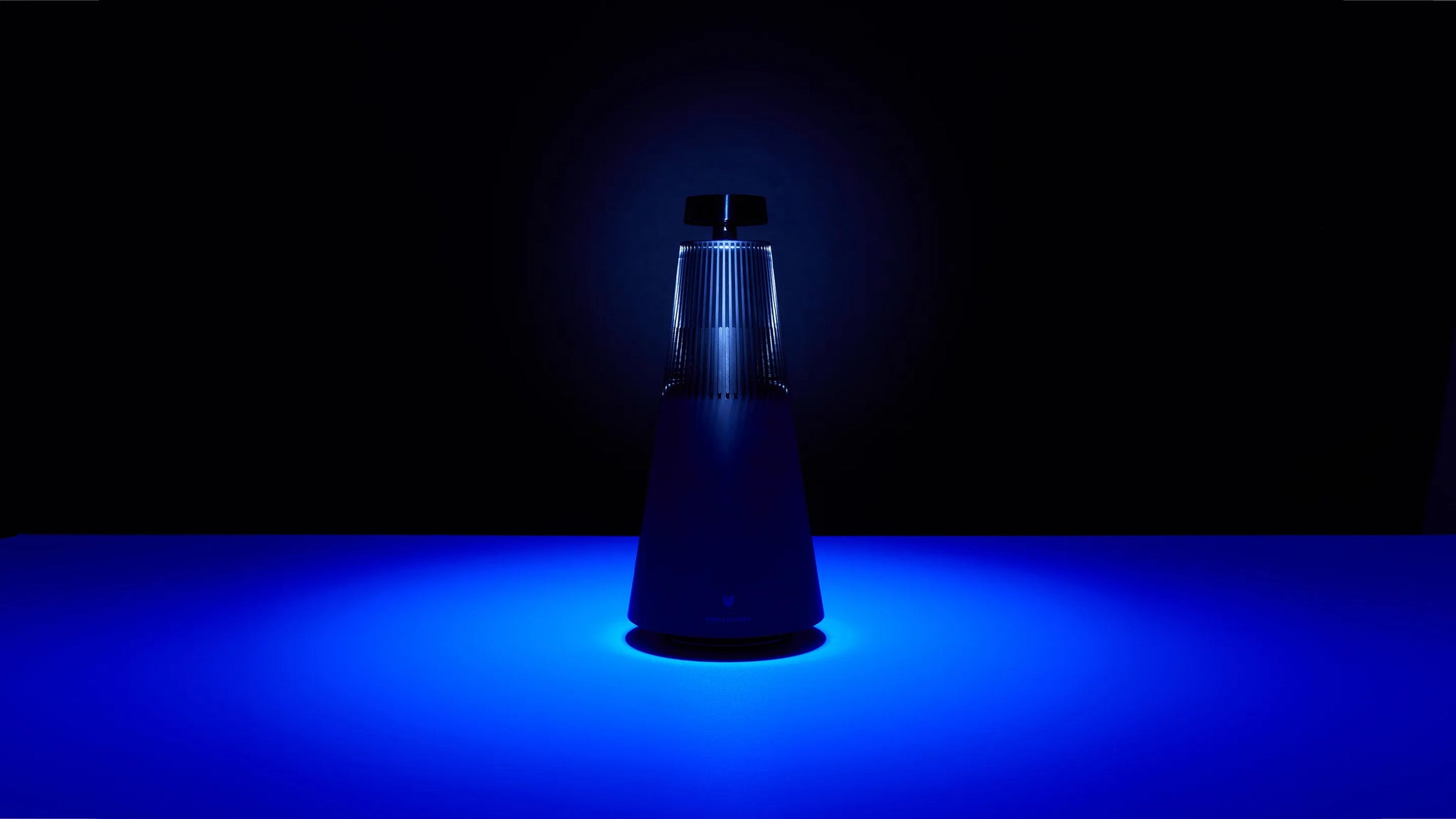
The anodised finish isn’t painted on, it’s built into the metal at the molecular level.
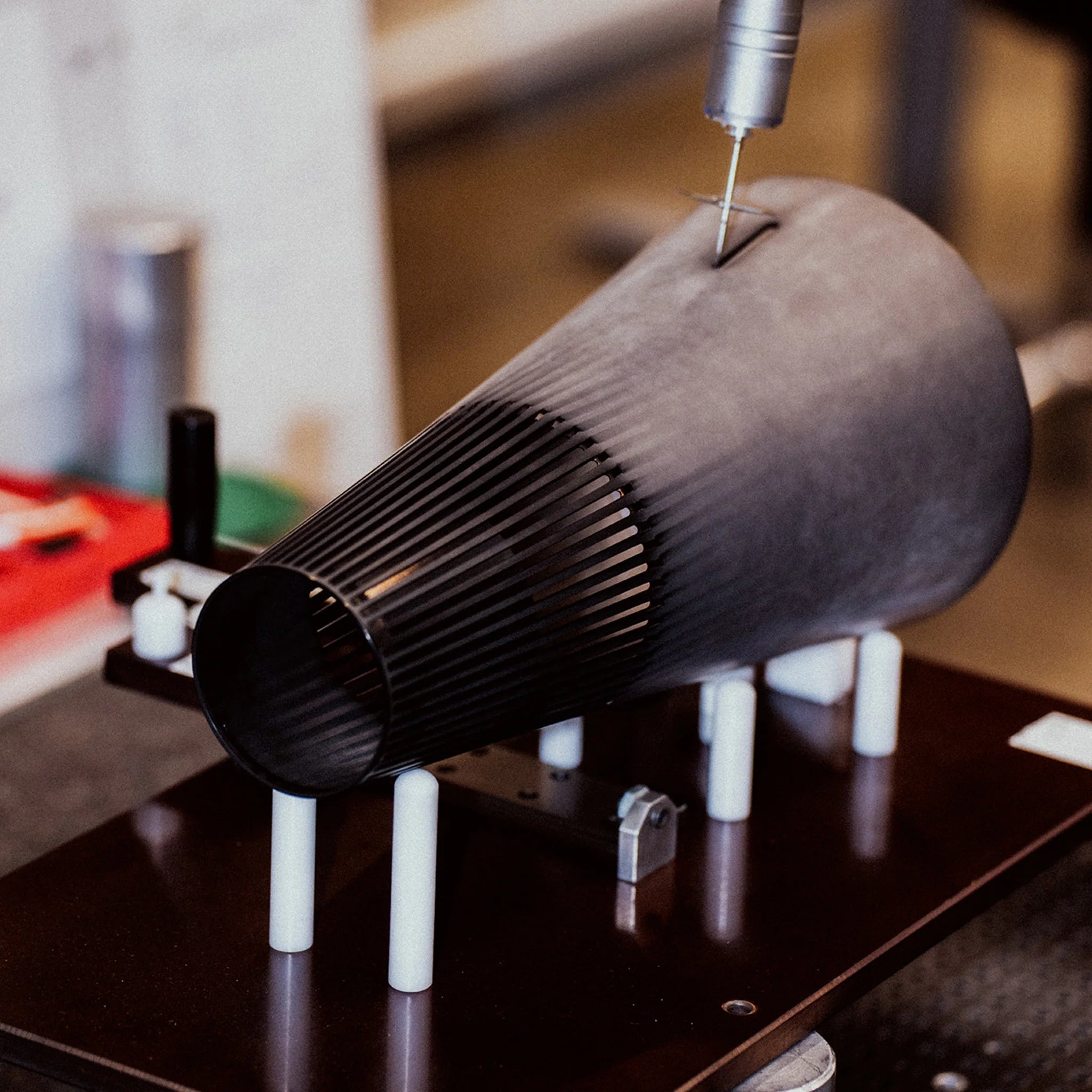
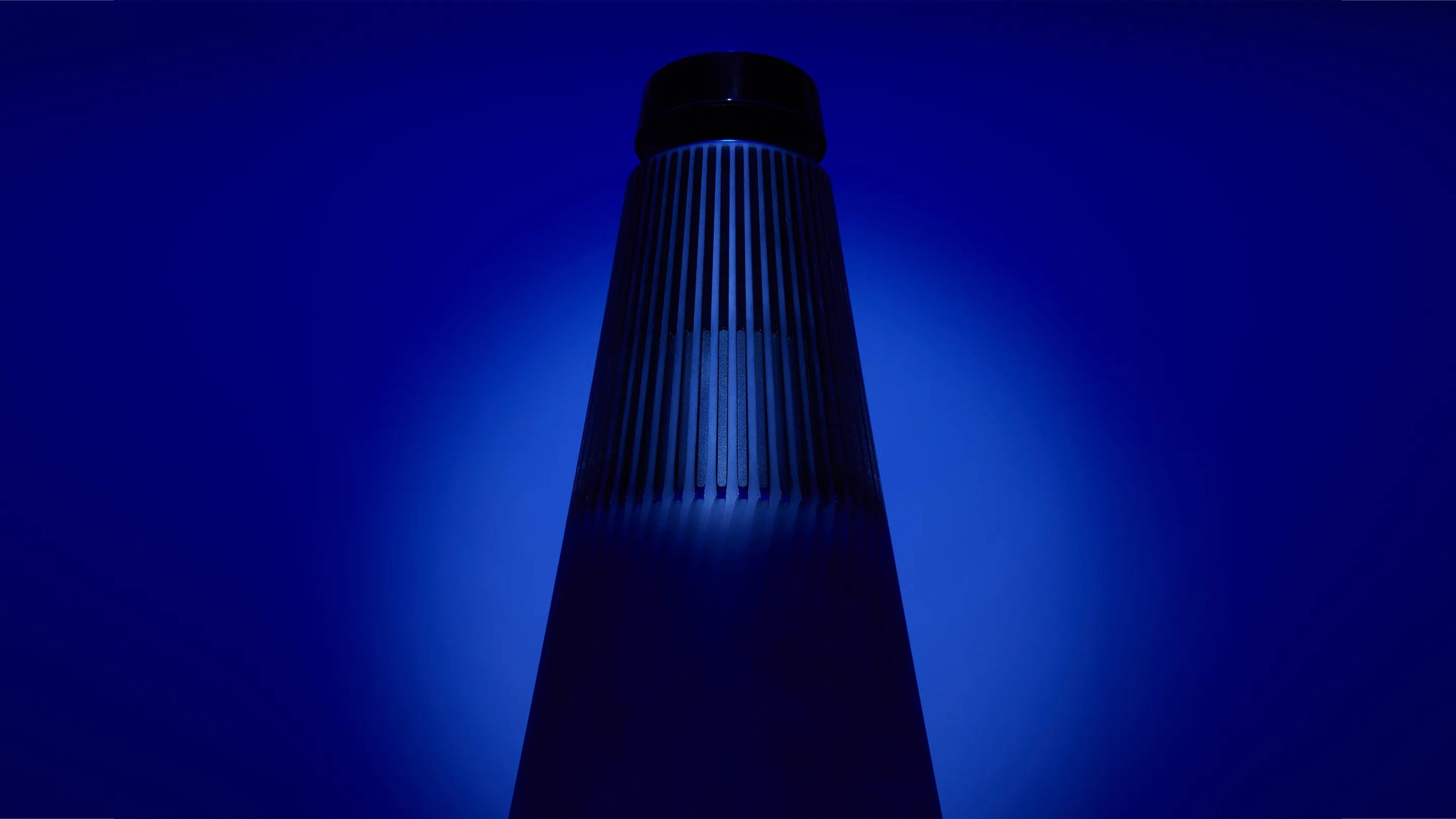
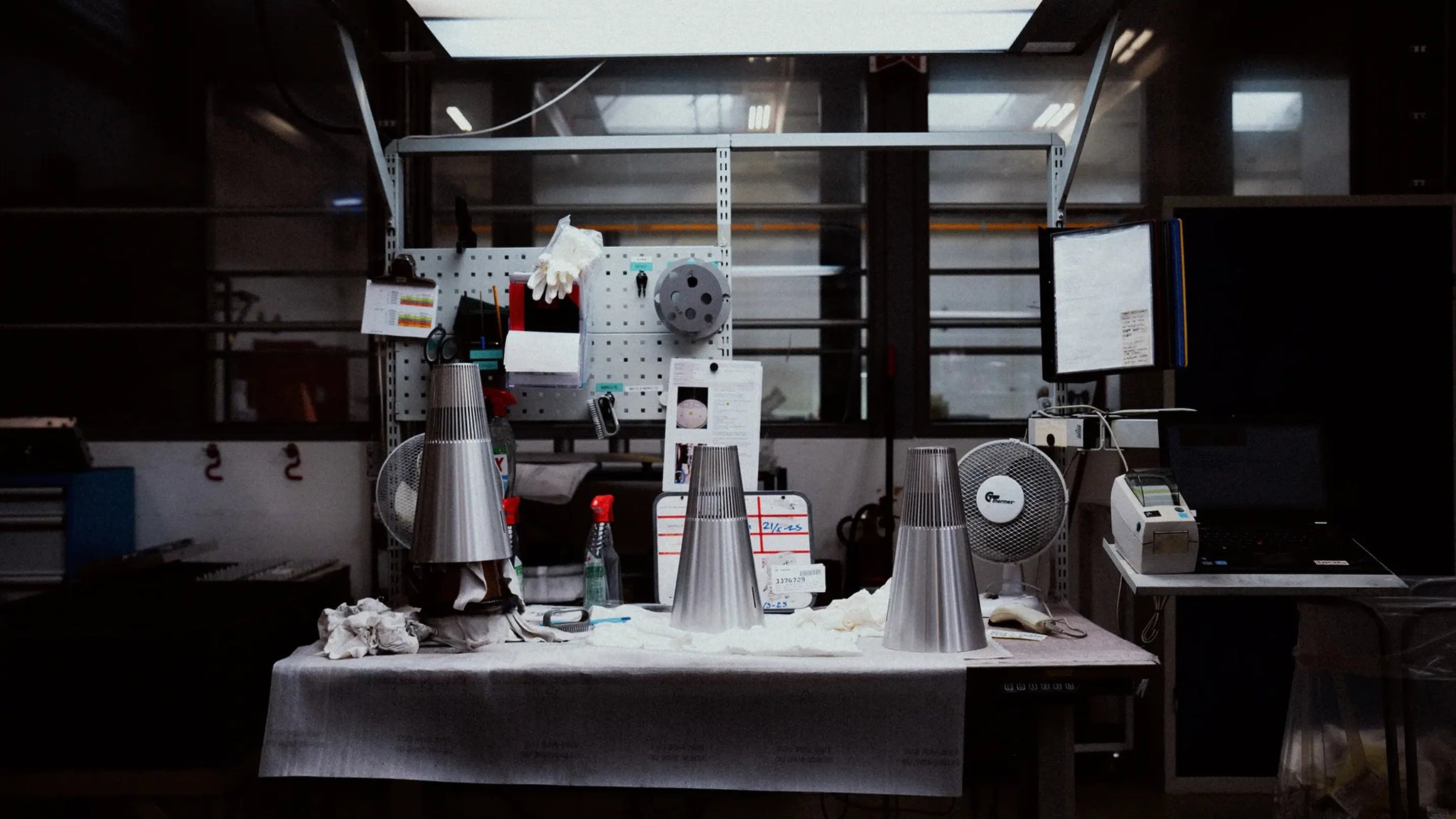
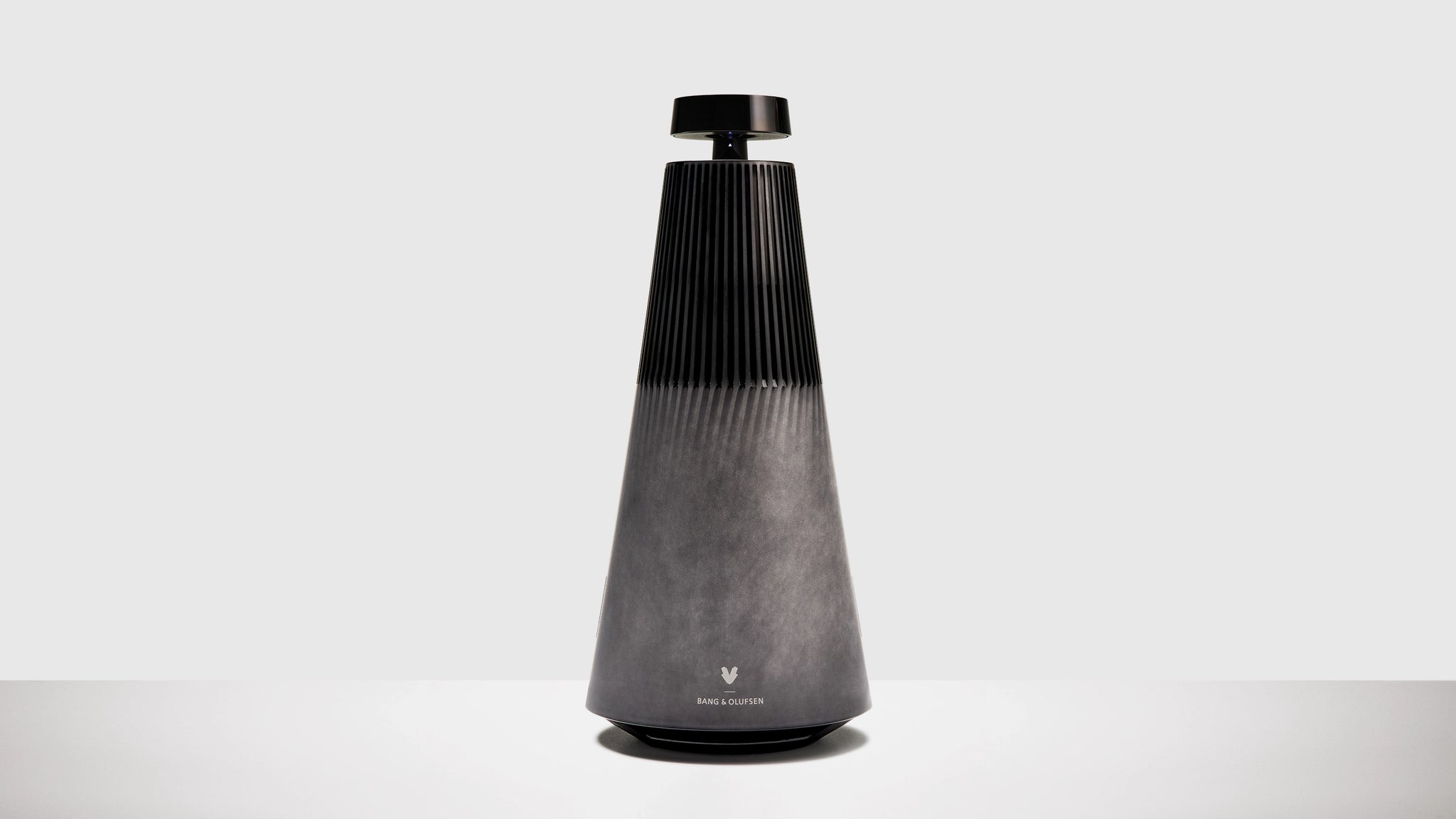
What started as a mistake became a speaker that looks like it’s been to deep space and back.
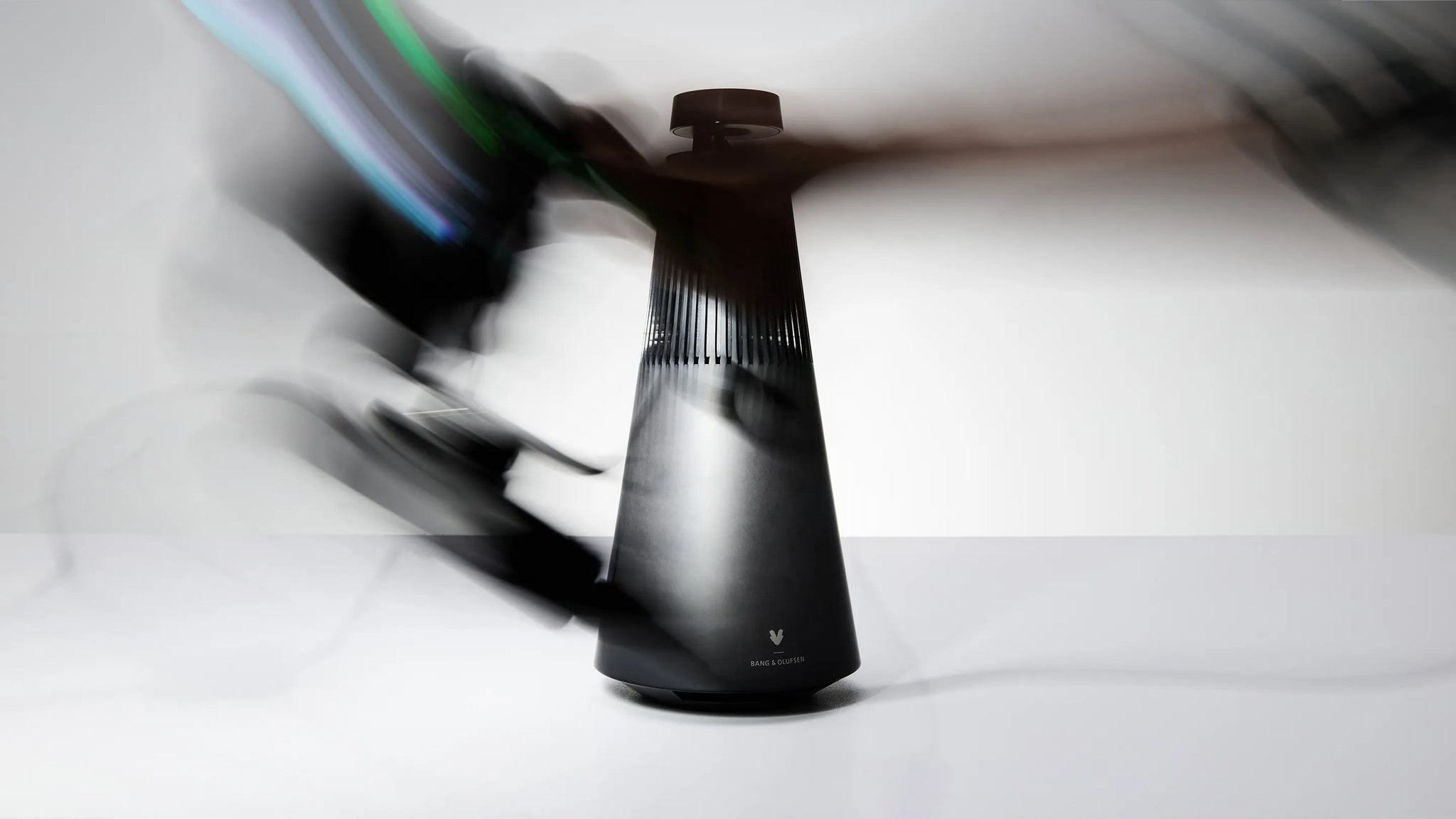
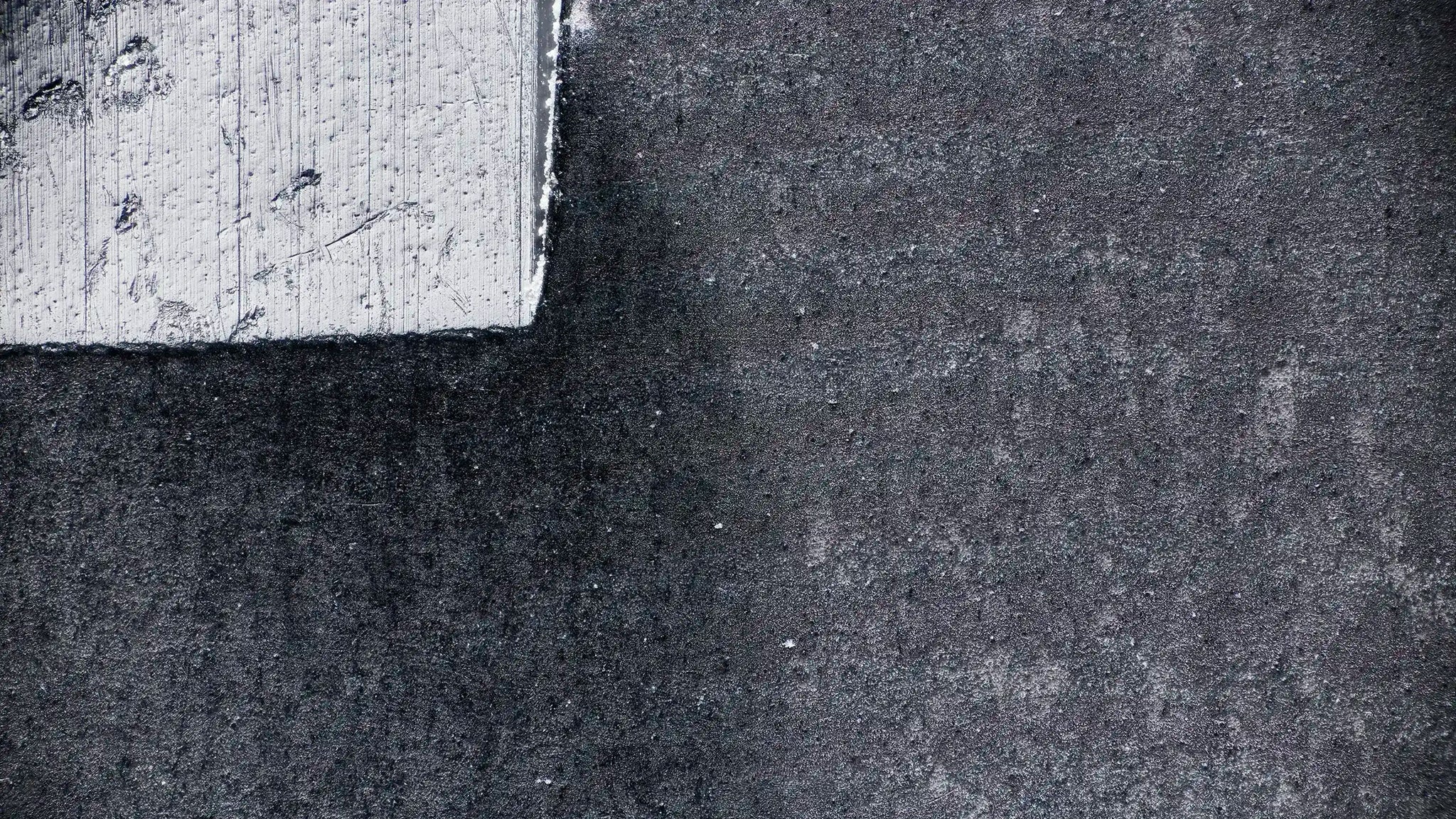
Intuitive controls, seamless streaming and built to last for decades.
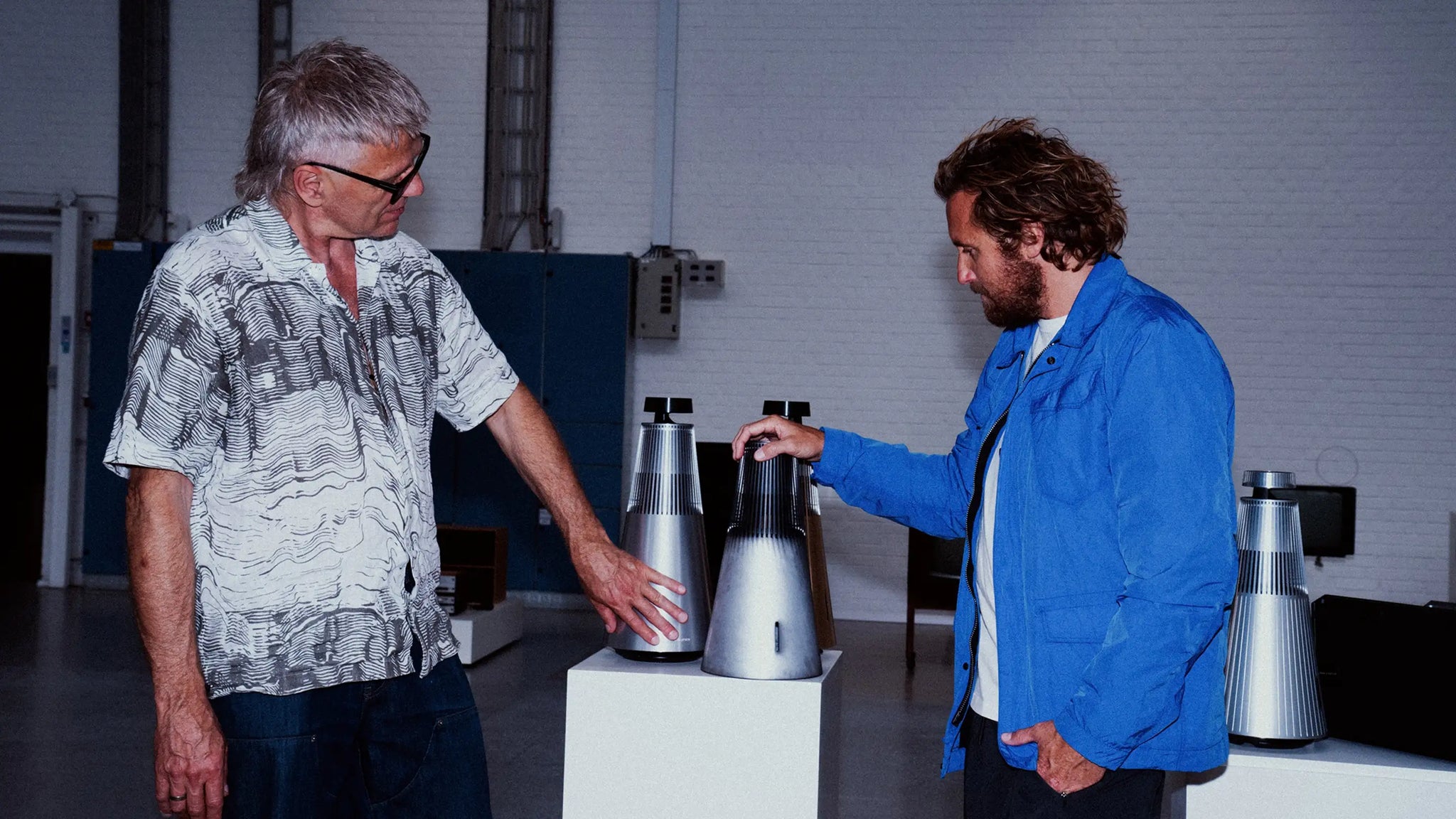
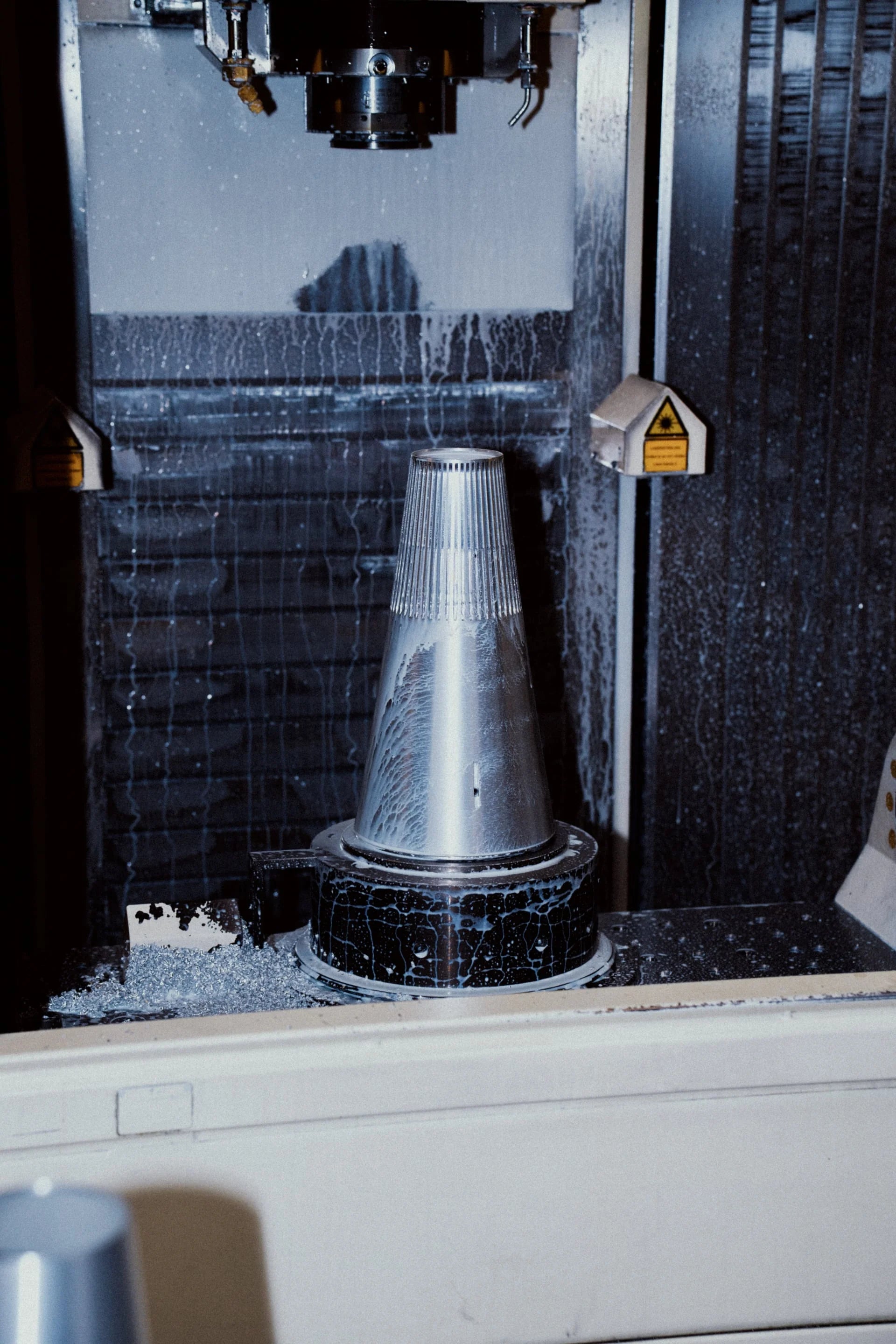
B&O’s anodising plant has eight tanks of electrified acid, robot arms, and a safely distanced command bridge.
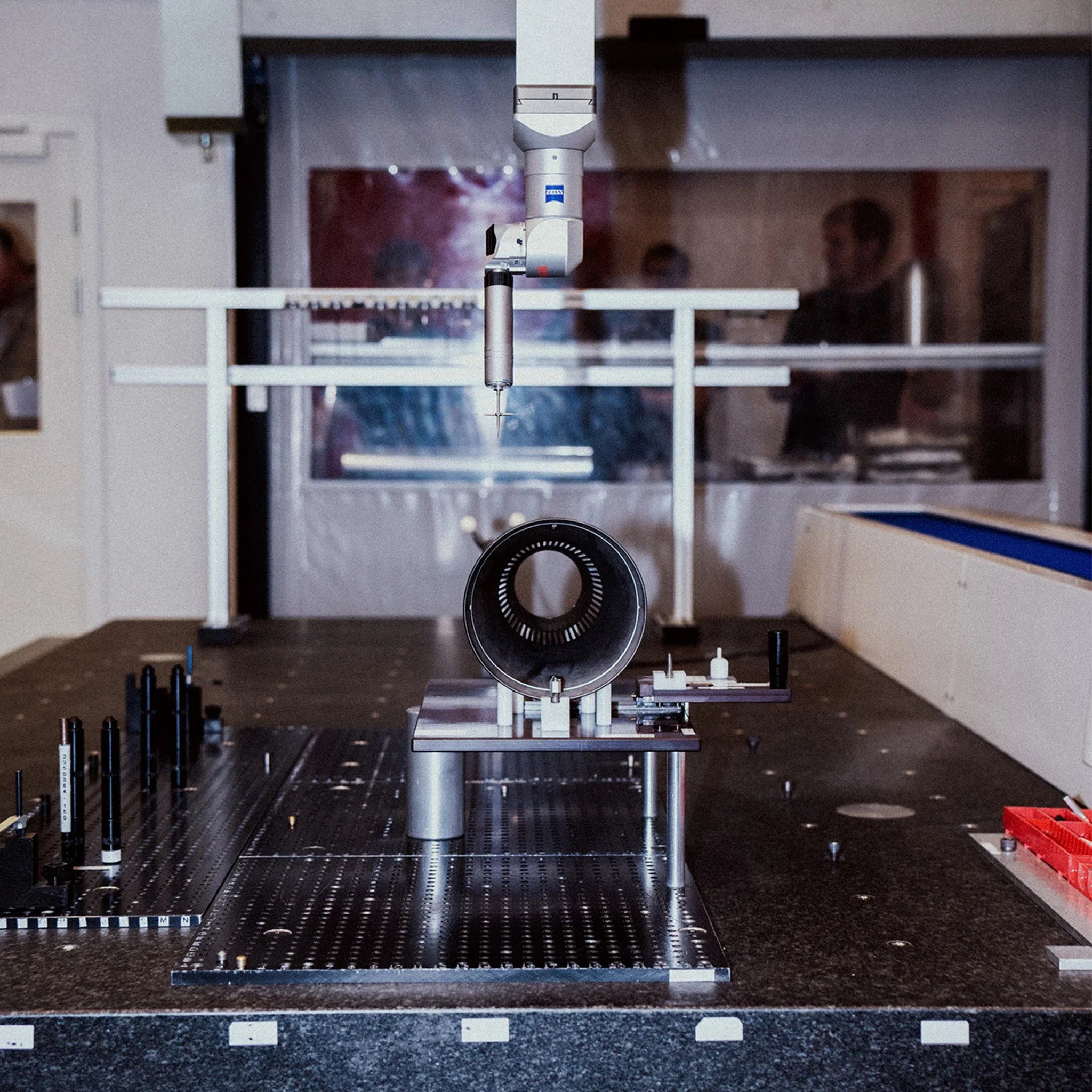
Anodisation locks in colour and creates a super-protective layer one-tenth the thickness of a human hair.
